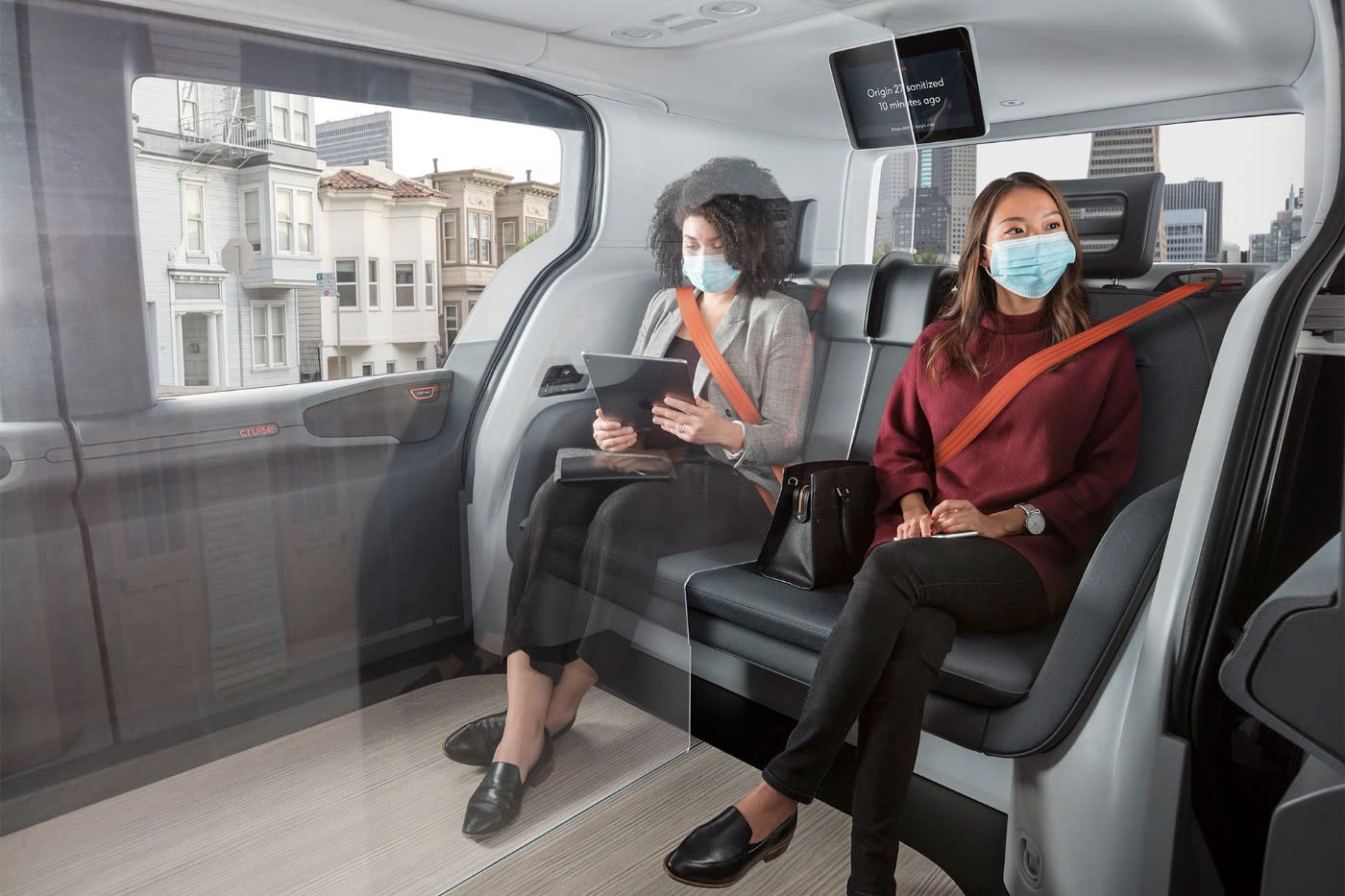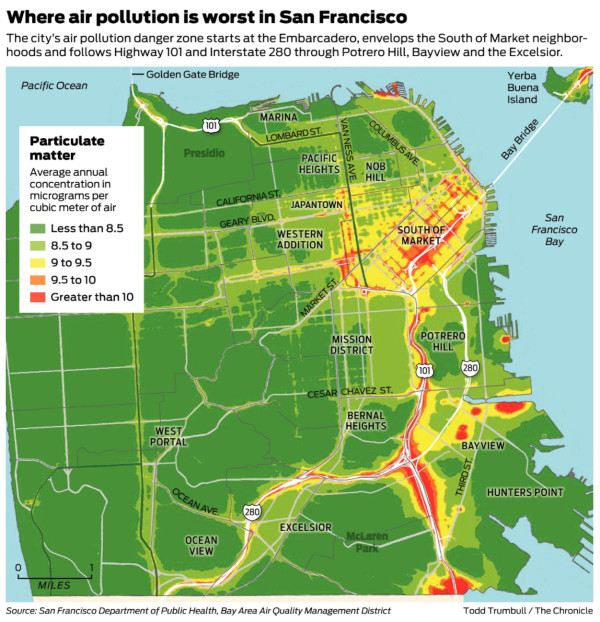Blog Post
2.3.2022
AVs and a More Equitable Transportation Future
Share

Creating a new mode of transportation is a generational opportunity to redress the status quo, recognize the inherent flaws in the system, and reimagine how a technology can help the most people possible.
For all of us, transportation is more than getting from point A to point B — it’s what connects us to the things, people and places we love and need; to our families, activities, healthcare, food, education, jobs, opportunity. It is something we do just about every single day of our lives. And, it is essential.
Yet, historically underserved communities — particularly communities of color — continue to face the highest barriers to accessible and affordable transportation options: the cost of owning a personal vehicle can be prohibitively high, but is often essential to employment and economic mobility. Worsening roadway violence for both motorists and pedestrians disproportionately harms communities of color, while the chronic health harms of transportation emissions are still felt acutely by communities that saw highways and major thoroughfares plowed through their neighborhoods decades ago. All of this is compounded by rising housing costs, reduced mass transit service during the pandemic, and the fact that people of color perform in-person and essential worker roles at the highest rates.
S.F. Chronicle: Map shows SF neighborhoods are hit hardest by air pollution

At Cruise, we’re excited to be on the cusp of offering cleaner, safer, and more affordable rides to the public. But we also recognize that thoughtful and deliberate roll-out of our self-driving ride service is critical — not only in overcoming and mitigating disparities in today’s transportation landscape — but also to avoid creating new ones.
That’s why Cruise partnered with EVNoire, a leading national organization working to bridge existing and potential equity gaps in electric vehicle and emerging transportation technology, to study the opportunities and challenges for electric, autonomous rideshare in San Francisco to “address and mitigate disparities in transportation access and improve public health.”
As explored in the full research report, EVNoire found that all-electric, shared AVs present significant potential to improve equity in mobility, across a number of areas:
Increasing safety, by mitigating the impact of human error on traffic fatalities, which have an outsize impact on historically underserved communities;
Improving public health, by delivering a zero-emission transportation option. Due to historic inequities in transportation design, communities of color in California face significantly more exposure to harmful air pollutants that cause respiratory and other chronic health conditions.
Connecting residents with fresh food, helping address the pervasive food deserts that challenge many communities;
Reducing congestion through a centrally-managed fleet, giving time back to vulnerable residents who can’t afford to miss a shift or an appointment;
Increasing the autonomy of older or disabled residents, particularly in multi-generational households where transportation options are shared;
Closing gaps in vehicle access, including for residents without a driver’s license who may be unable to maximize personal mobility.
Critically, the study also underscores that thoughtful deployment of autonomous vehicle technology and intentional community engagement will be key to realizing these benefits. Continuous, iterative efforts that foster dialogue, build trust and understanding, and incorporate feedback are essential to ensuring community buy-in.
Let’s be clear: transportation equity is not a single end state. It will require adjustment and feedback over time, depending on the needs of each specific community. And, certainly, it will require more than AVs alone.
EVNoire’s expert research and insight show us how much communities stand to gain when equity is incorporated as a core principle in this technology –– and at the center of our service, vision and mission.
The complete findings of our research with EVNoire can be found here. An executive summary of EVNoire’s research findings and takeaways can be found here.
